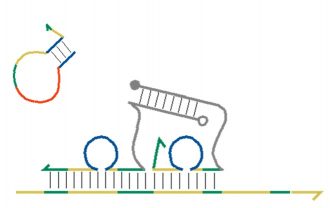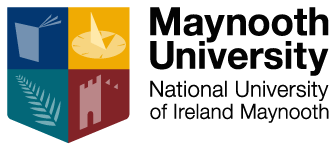
Virtual participation: Zoom details available here
Speaker: Professor Andrew Turberfield, University of Oxford
Title: "Molecular Structures and Machines from DNA"
Abstract:

An autonomous bipedal DNA walker fuelled by DNA hybridization
By exploiting programmable, sequence-dependent base-pairing interactions it is possible to design and build three-dimensional DNA scaffolds, to attach molecular components to them with sub-nanometre precision – and then to make them move. I shall describe our work on nanofabrication by self-assembly including autonomous, biomimetic molecular motors, molecular printing and the use of synthetic molecular machinery to control covalent chemical synthesis.
Biography: Andrew Turberfield (AJT) is a (now emeritus) Professor of Physics at Oxford University. He works on nanofabrication by self-assembly, controlled through information encoded in the structures of molecular components, and applications of biomolecular nanostructures at the interface between the physical and life sciences. His current research includes molecular motors, a ‘synthetic ribosome’ (capable of genetically-programmed synthesis of non-biological polymers), and molecular robotic devices that combine autonomous sensing, computation, and actuation.
AJT was part of the team that introduced the actuation of molecular devices by cycles of DNA hybridization and competitive strand displacement and he invented the concept of catalytic control of DNA hybridization: these advances underpin most current research into dynamic DNA devices and DNA-based molecular computation. Earlier in his career, AJT pioneered the use of optical spectroscopies to study the Fractional Quantum Hall Effect in two-dimensional electron systems and, with Bob Denning, invented the holographic fabrication of three-dimensional photonic crystals.
